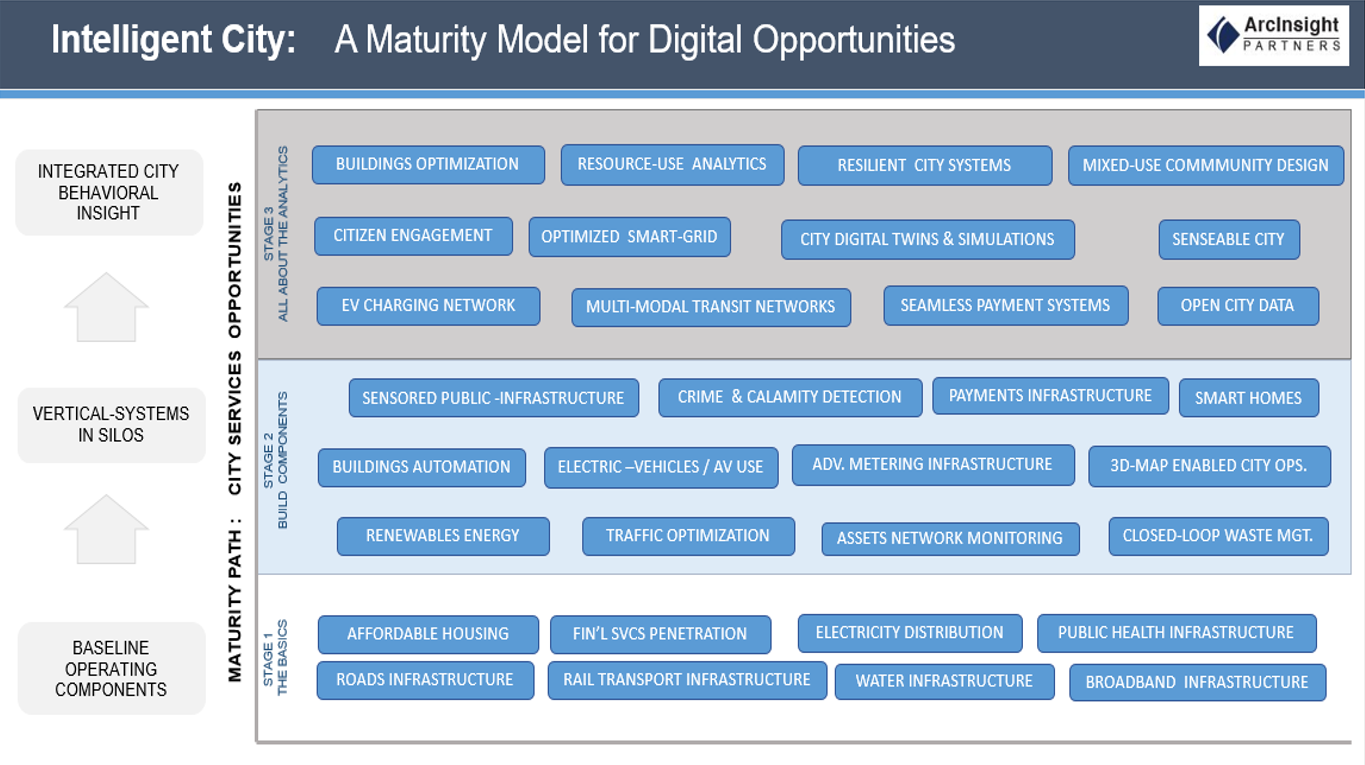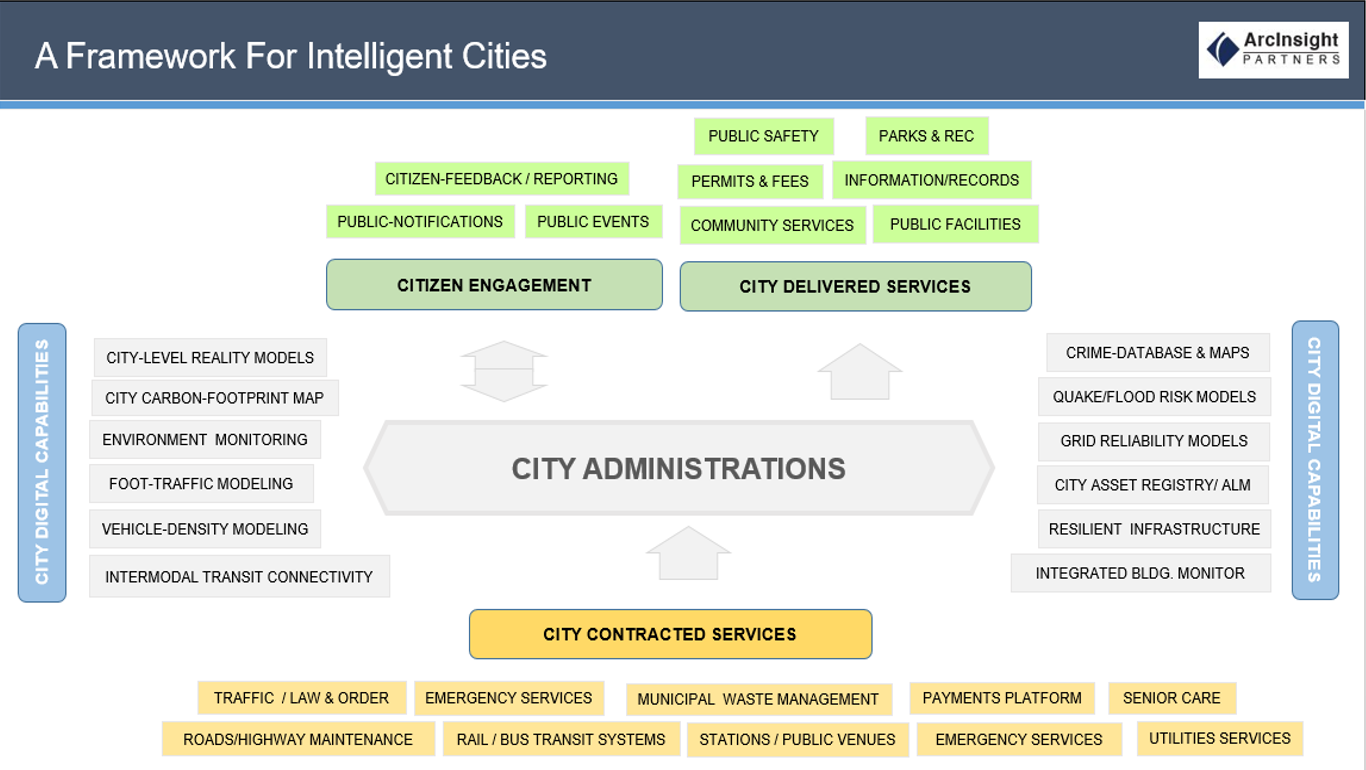

RESEARCH AGENDA
The Urgency About Smart Cities Today.
Mega-countries Have Emerged: China has the largest urban population (758 million), followed by India (410 million). These two countries account for 30 per cent of the world’s urban population and, with another five countries, the United States of America (263 million), Brazil (173 million), Indonesia (134 million), Japan (118 million) and the Russian Federation (105 million), account for more than half of the world’s urban population.
Megacities Are Emerging (cities with population of 10M+): In 1990 there were 10 megacities cities and home to 153 million people, representing less than 7 % of the global urban population. Today, the number has nearly tripled to 28, the population they contain has grown to 453 Million, and account for 12 % of the world’s urban dwellers.
The New York Metropolitan Area Became The World’s First Megacity (population of 10M+ People) In 1950: On the other side, more than 275 million people will move into India’s teeming cities over the next two decades.
Half Of The World’s Population Currently Live In Cities: This number likely to reach 70% by 2050. Actions are required to ensure the demands of stretched infrastructure, services and resources can be met effectively.
By 2050, Planners Predict There Will Be 40 Megacities Around The World: In terms of economic might, these forty city-regions may be responsible for over two-thirds of the total world economy and most of its innovation. To fuel further growth, an estimated $53 Trillion will be invested in urban infrastructure in the coming two decades.
ArcInsight Partners whitepaper: Value Creation In Smarter Cities.
A Graphical Abstract Of Dynamel's Input And Output. The Model Estimates Temporal Evolution Of Traffic In The Network Given A Time-dependent Origin-destination Demand. | IMAGE : Meead Saberi (Lecturer & Assistant Professor at Monash University & Sajjad Shafiei (PhD Student)





